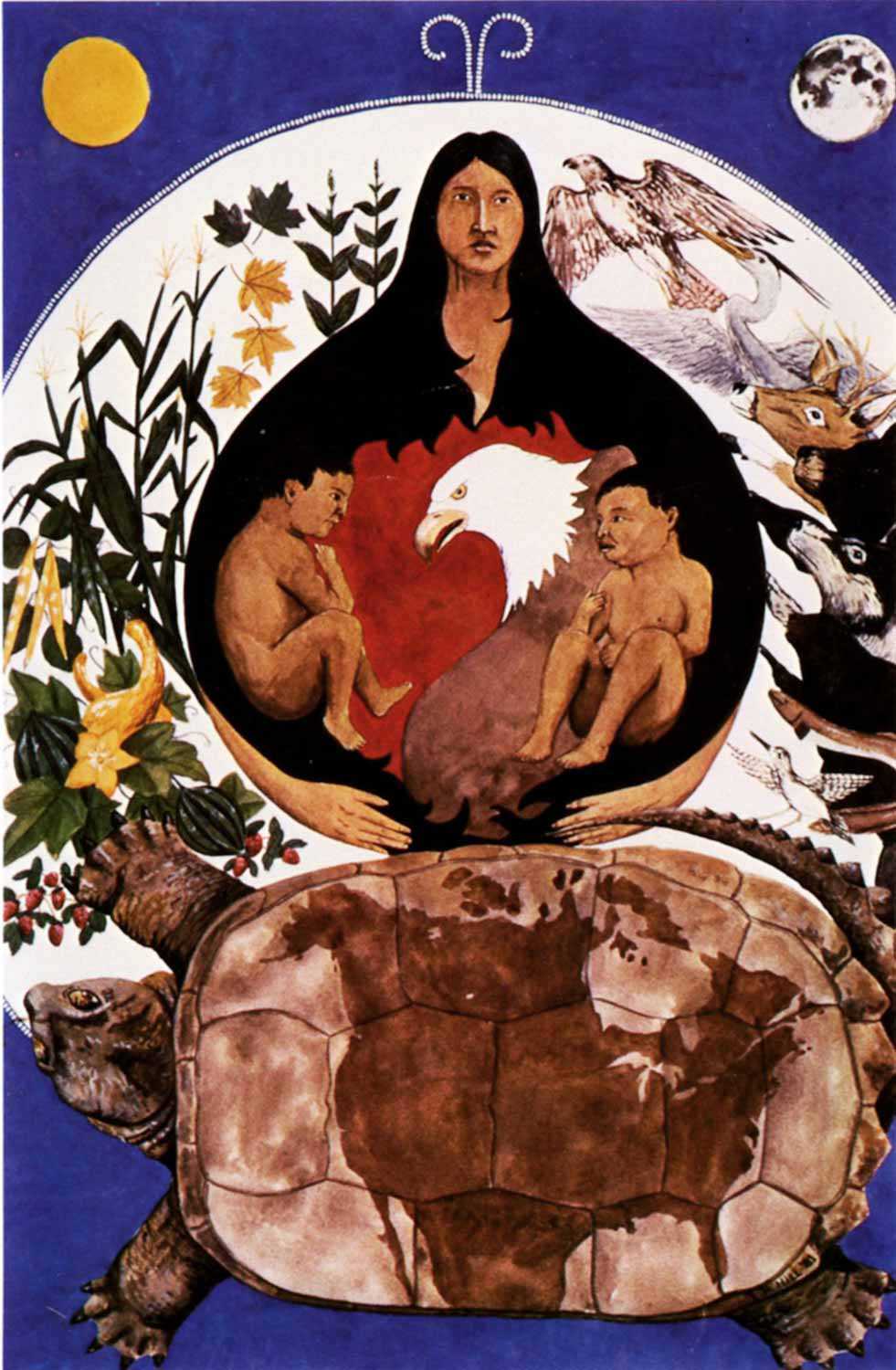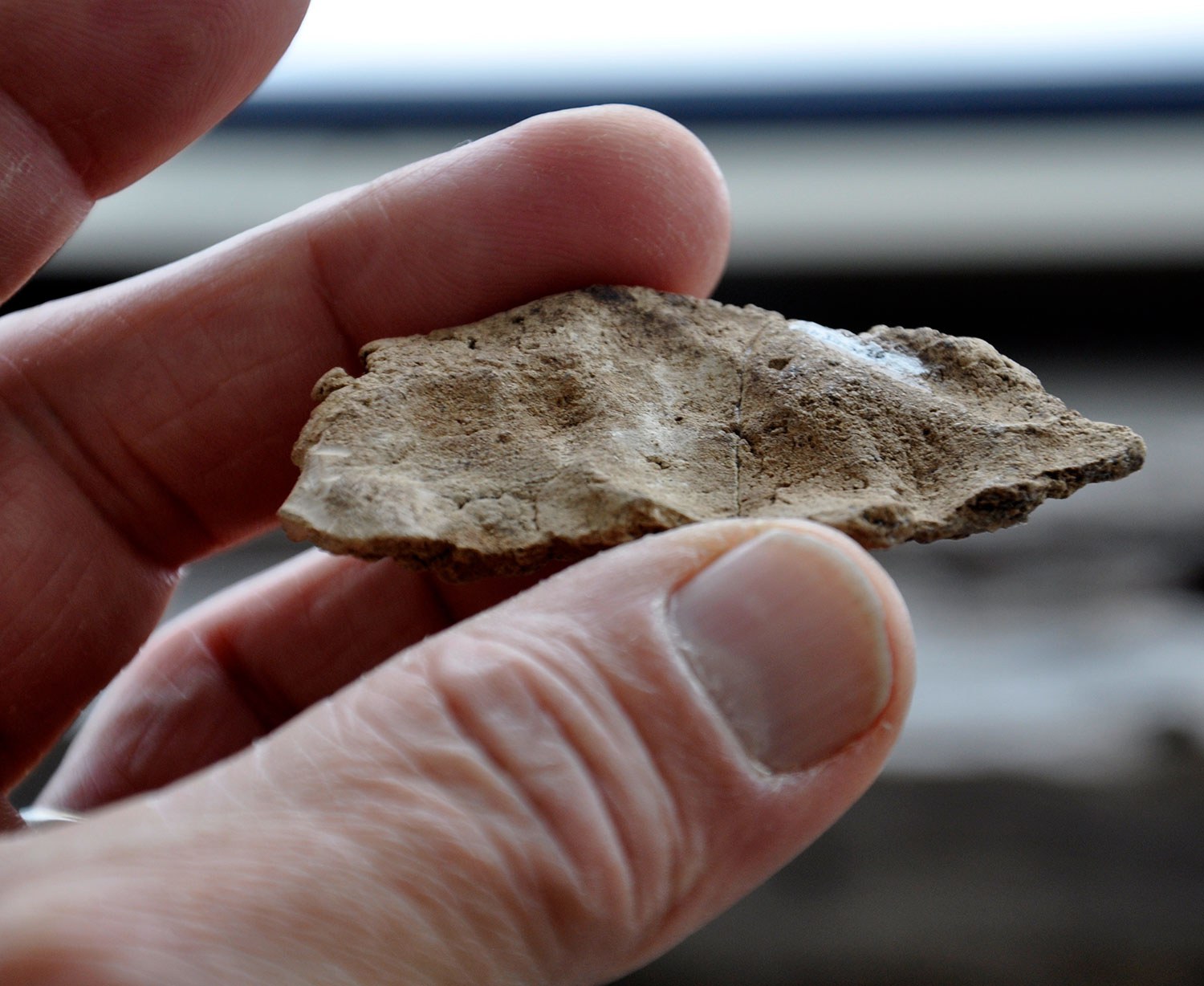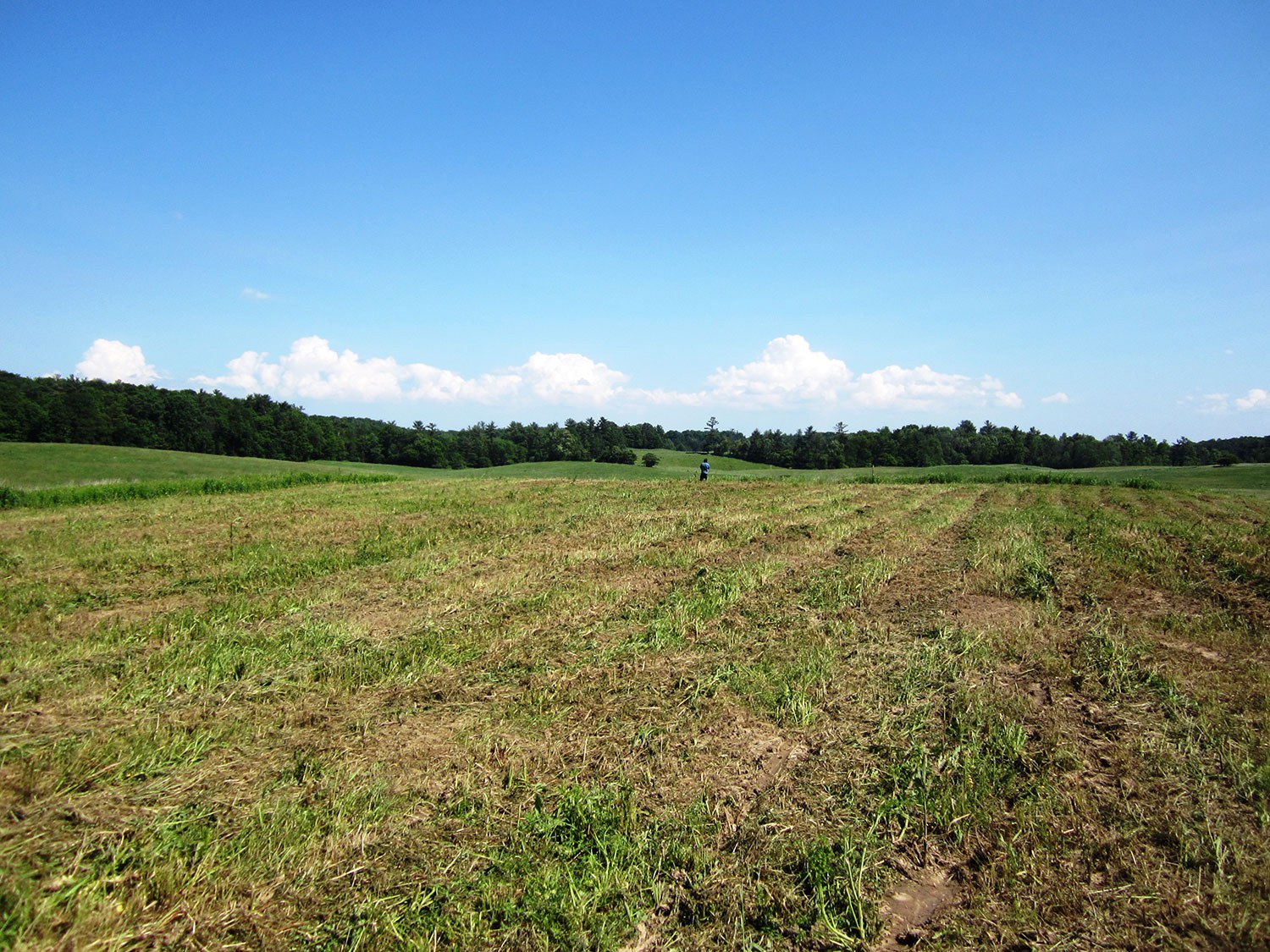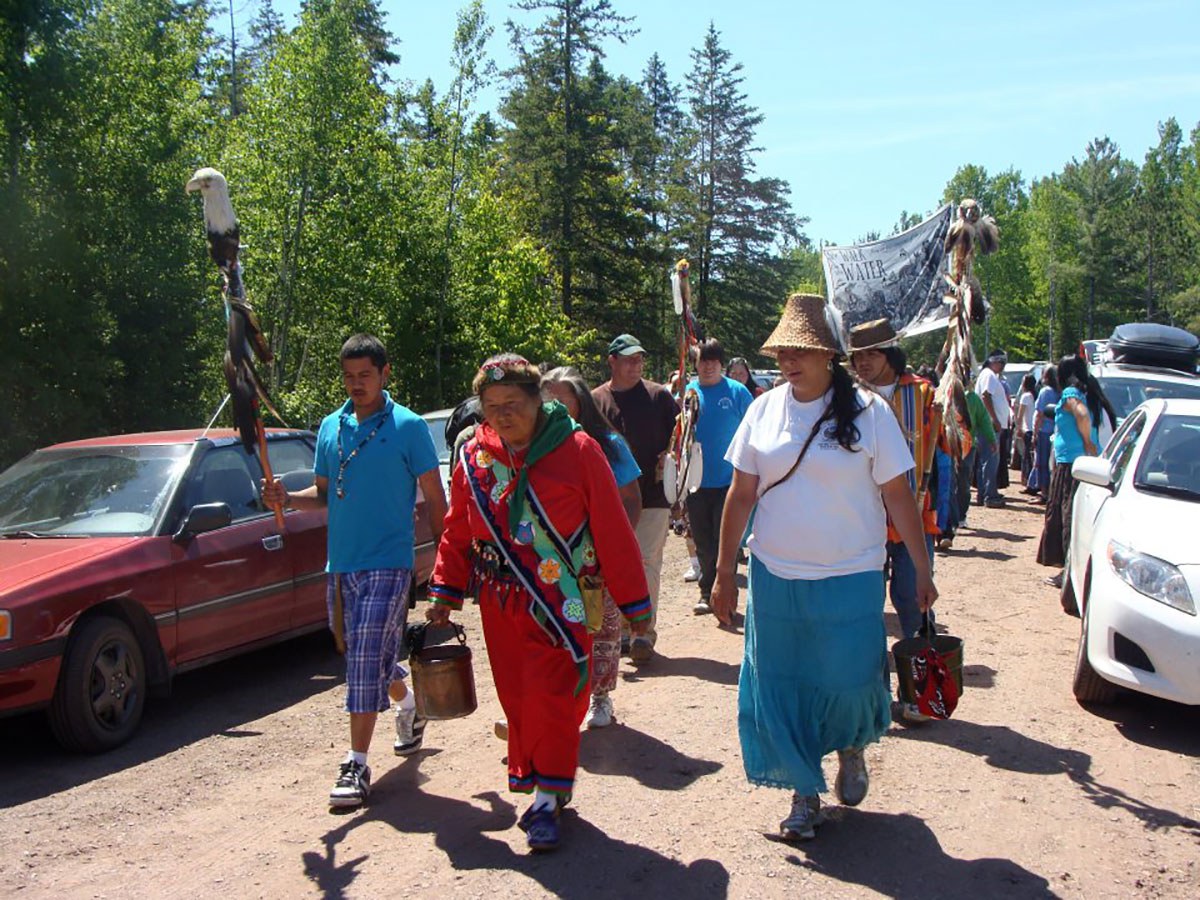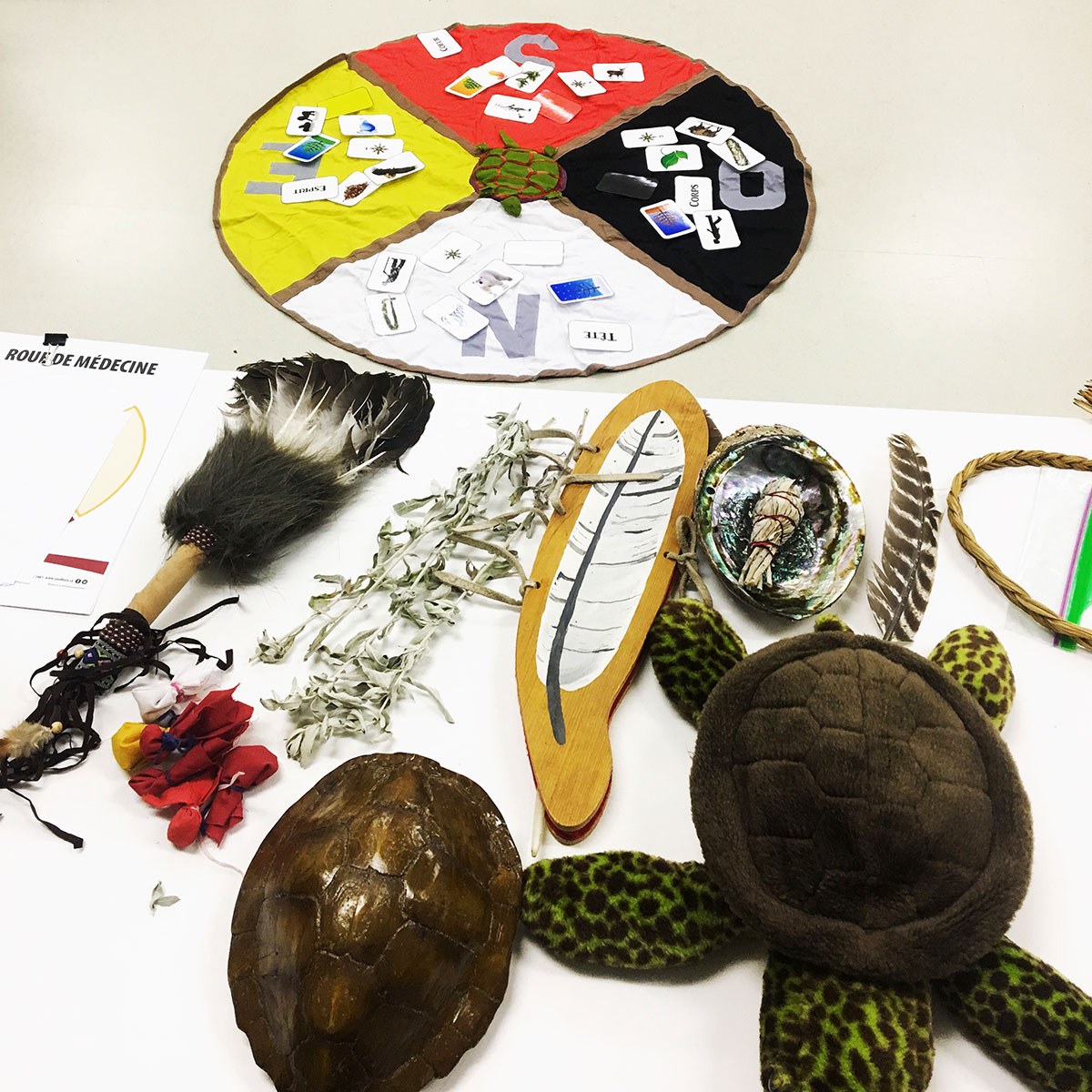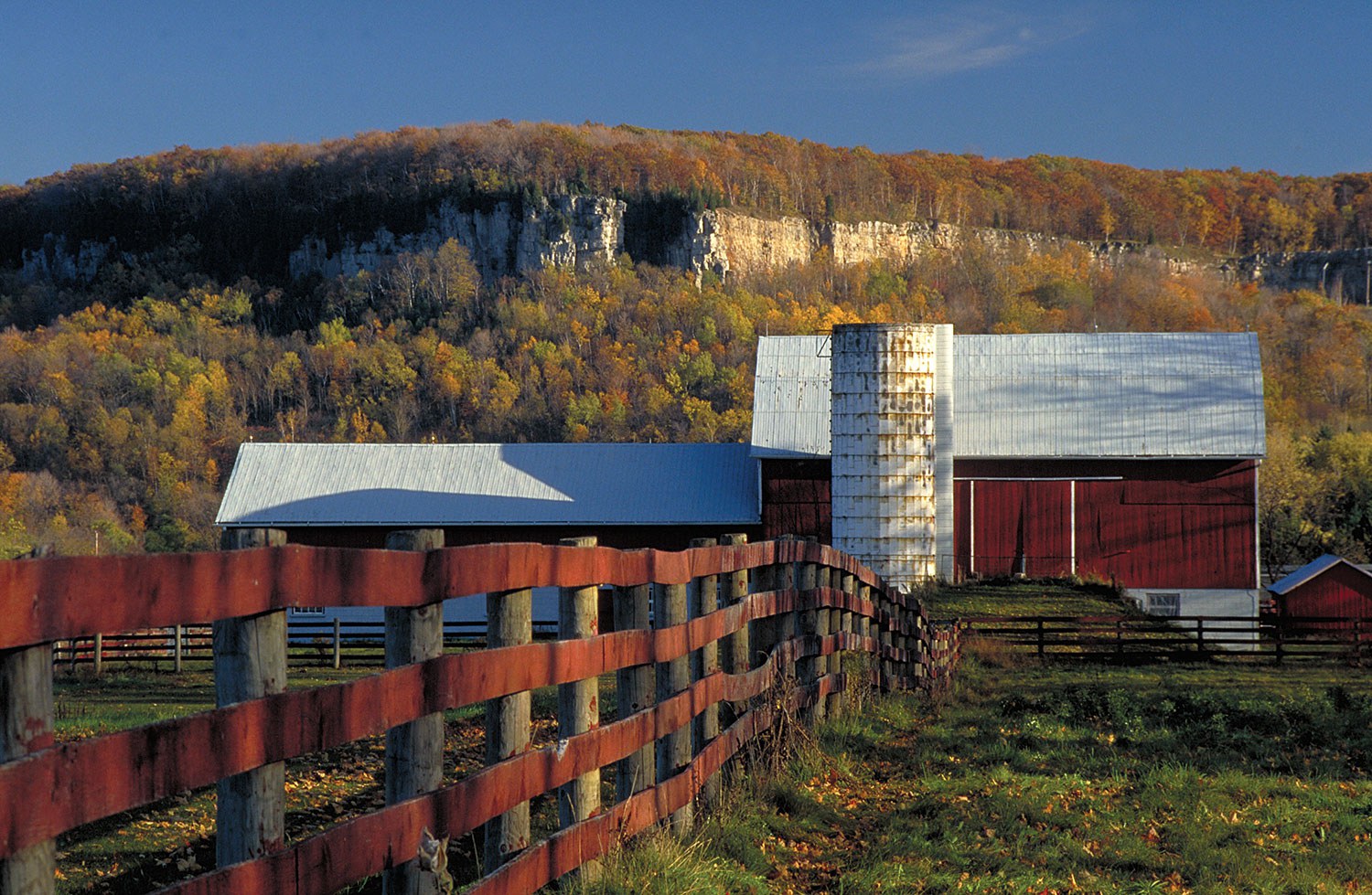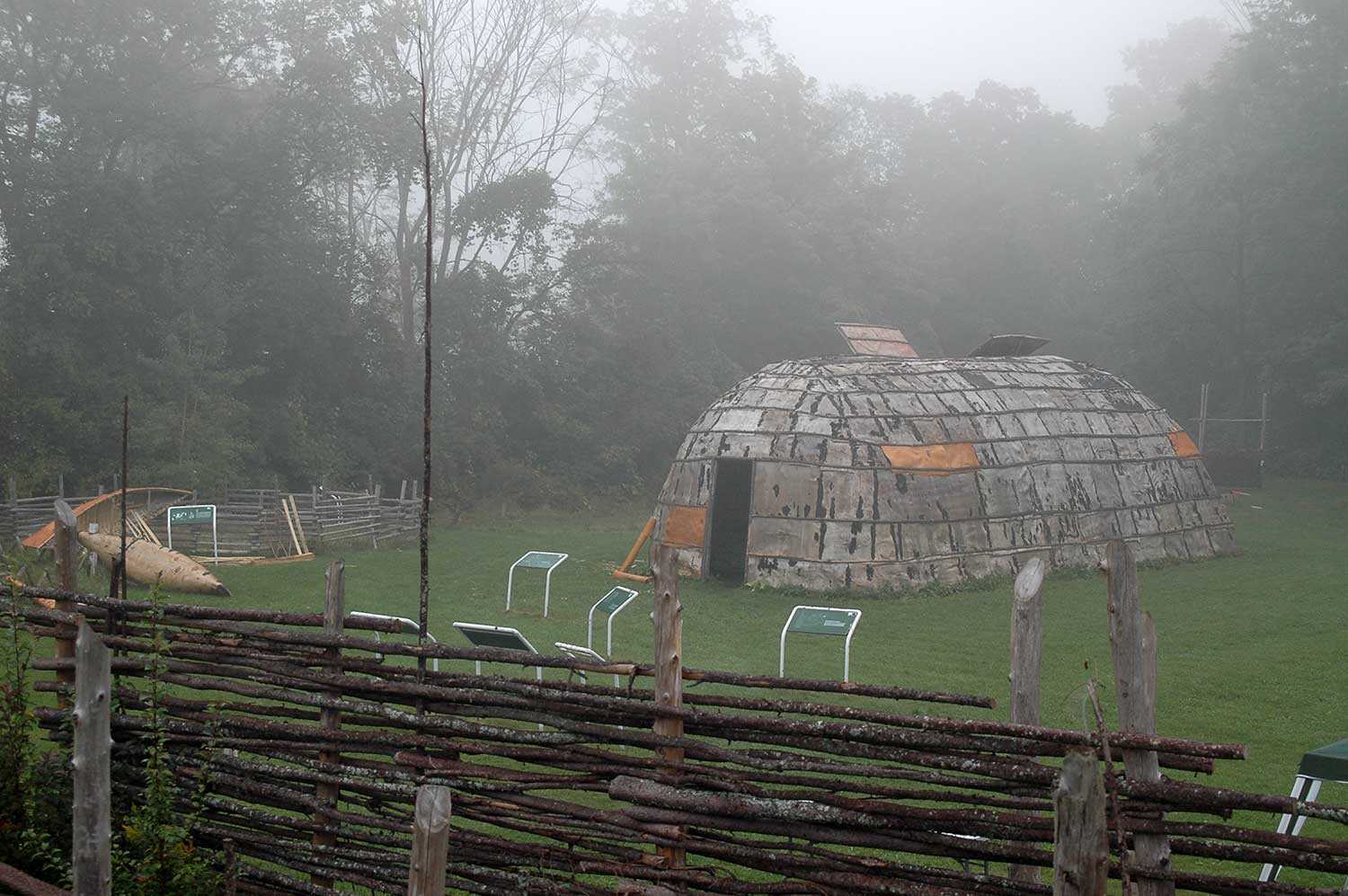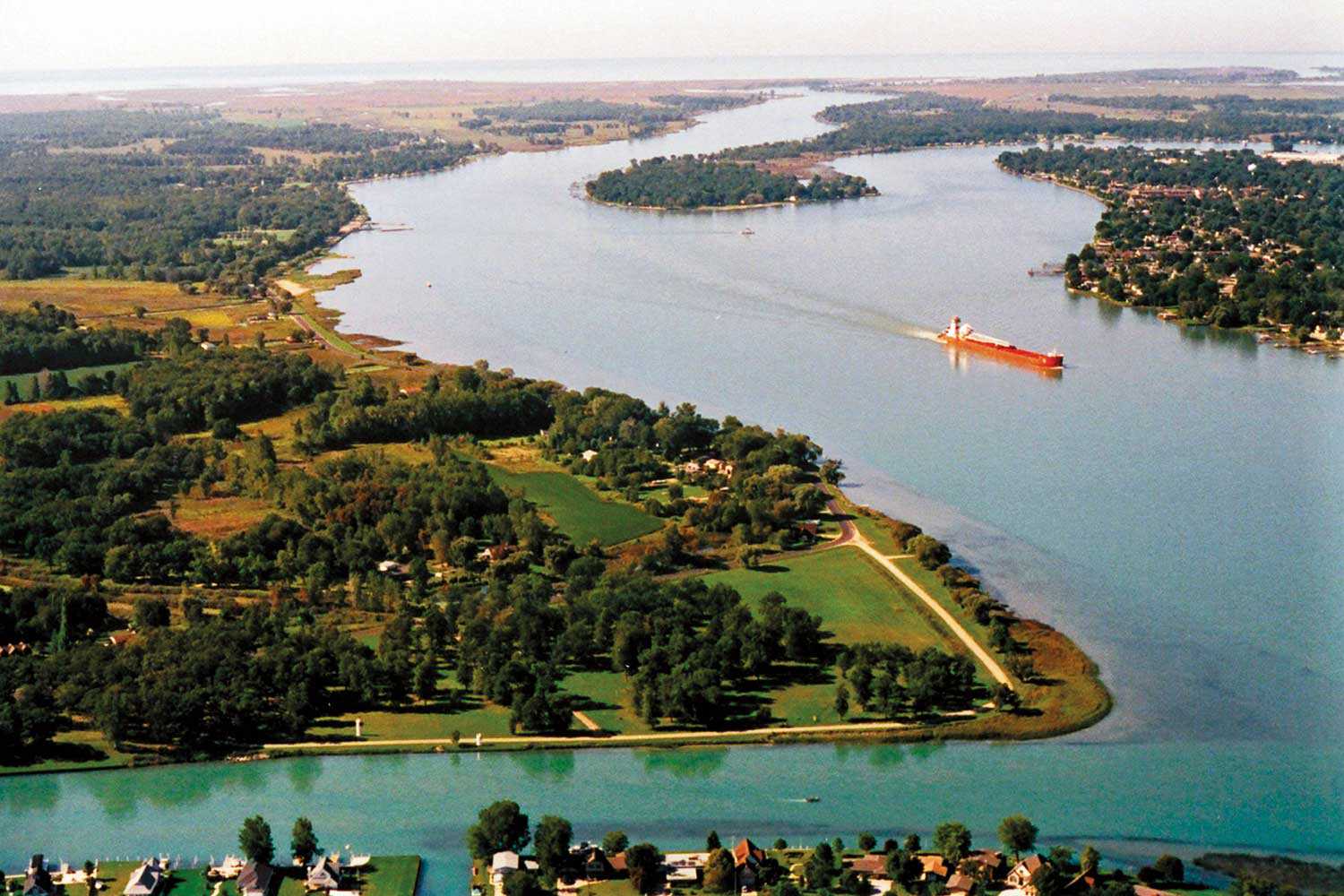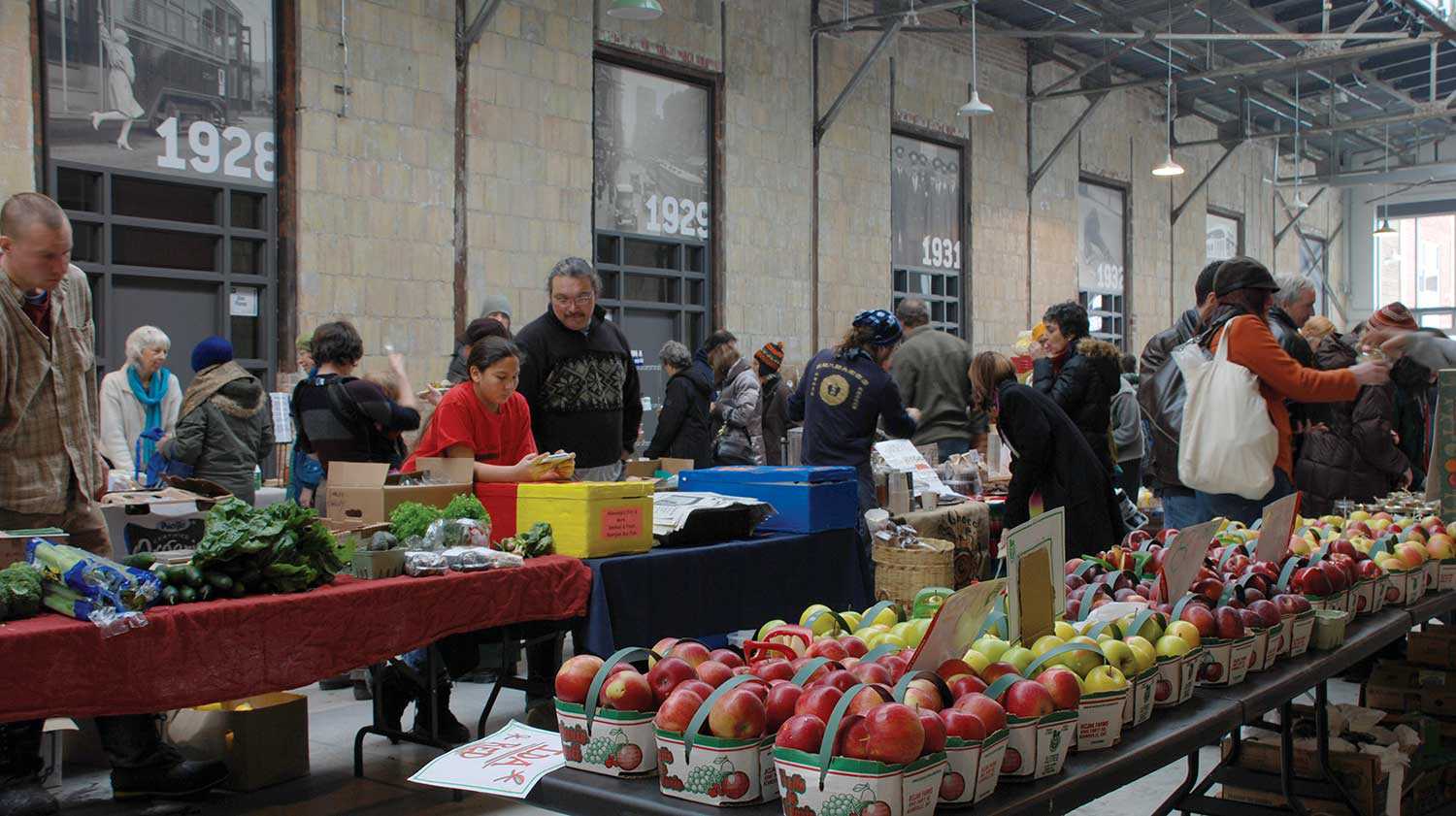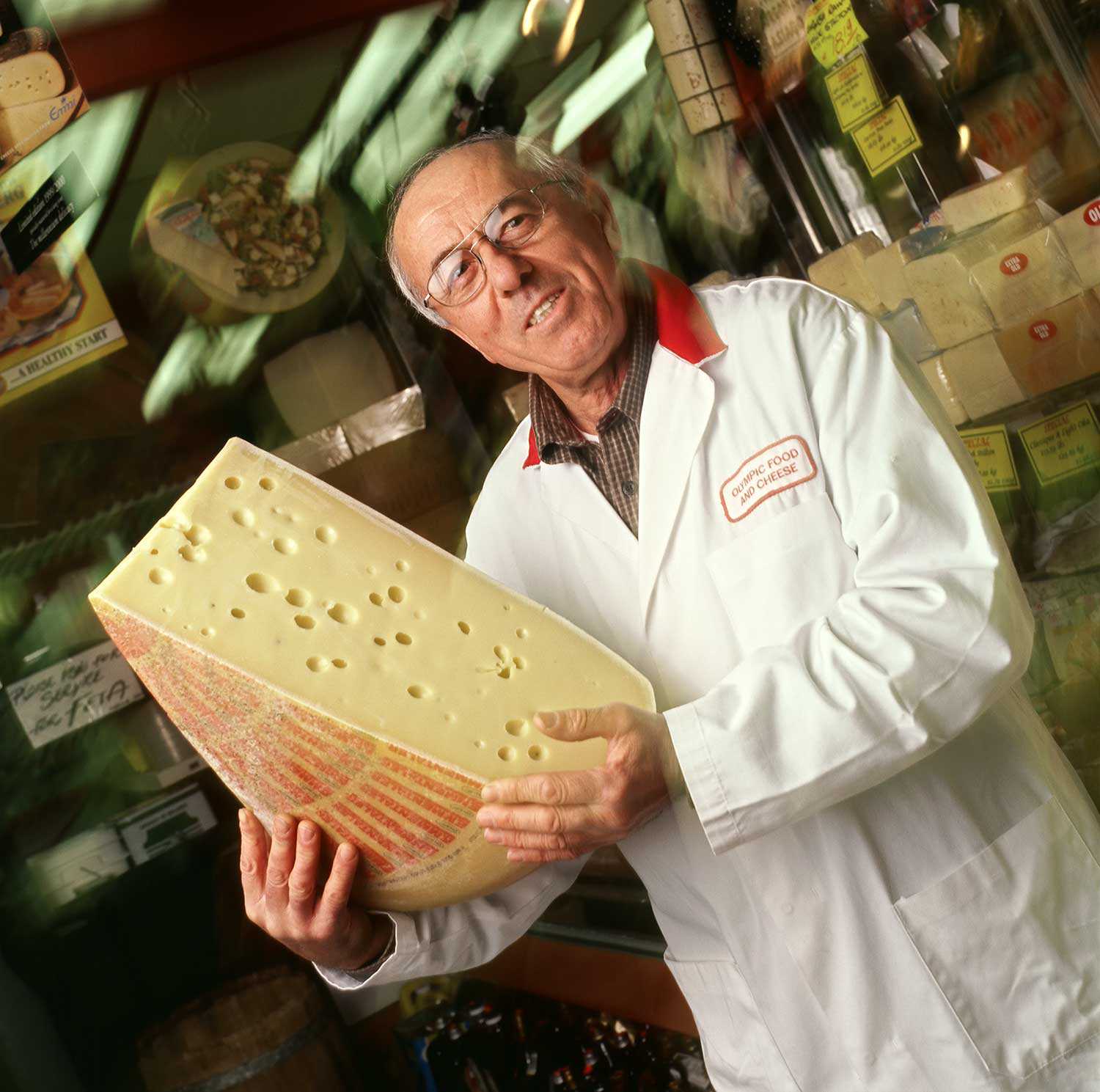

Browse by category
- Adaptive reuse
- Archaeology
- Arts and creativity
- Black heritage
- Buildings and architecture
- Communication
- Community
- Cultural landscapes
- Cultural objects
- Design
- Economics of heritage
- Environment
- Expanding the narrative
- Food
- Francophone heritage
- Indigenous heritage
- Intangible heritage
- Medical heritage
- Military heritage
- MyOntario
- Natural heritage
- Sport heritage
- Tools for conservation
- Women's heritage
Understanding indigenous agricultural systems
Throughout a long history, indigenous peoples – with their rich cultural diversities and complexities – have continued to live in a way that works to ensure environmental sustainability. They indeed triumph in the maintenance and perpetuation of the array of interdependent and interconnected relationships that comprise the cycles and balances of the natural environment. Embedded within many indigenous cultures are ways of thinking – understandings and languages that serve as foundations for the creation of human systems – that work in tandem with the custom of Iethi’nihsténha Ohwén:tsia (Mother Earth).
Like all of these systems, agriculture is by no means different, as indigenous people have maintained systems of agriculture that intend to do just that – to work within the environment and sustain life.
Indigenous agricultural systems have existed for millennia and are a representation of a mind-frame with sustainability and spirituality at their core. In particular, there is a diversity of techniques and strategies that indigenous people have developed and relied on that exist within the realms of fruit and vegetable cultivation and animal husbandry. Some of the most popular techniques and strategies include: permaculture design, integrated-pest management, inter-cropping, companion planting, cover-cropping, plant breeding, crop rotations and species diversity maintenance – all of which help to create a system that is not dependant on, or limited by, the use of fossil fuels. Also, there is a diversity of indigenous crops spread across the globe that were grown in North America long before European arrival, including: corn, beans, squash, sunflowers, Jerusalem artichokes, tobacco, strawberries, cranberries and blueberries.
Agriculture is primarily a southern Ontario phenomenon and it has been practised for over a thousand years, which long pre-dates European arrival. Ontario is built on the rich agricultural traditions of many indigenous nations, including the Tionantati (Petun), Wendat (Huron), Attawandaronk (Neutral) and the Haudenosaunee (Iroquois). The Haudenosaunee, for example, whose agricultural practices are still resonant throughout their culture and traditions, have held a sophisticated farming and food production legacy and have played a significant, and perhaps leading, role as indigenous agriculturalists. Even though most of their knowledge has been dismissed in the development of conventional agriculture, what they have done and the knowledge they have shared is invaluable. With a history that goes back to the traditional homelands of the Mohawk Valley, where intensive agricultural systems were sustained long before European arrival, the Kanien’kehá:ka (Mohawk), who are among the Haudenosaunee, continue to maintain much of their traditional agriculture techniques, while also maintaining much of their diversity of traditional food and medicine crops.
One of the most common examples of an indigenous agricultural system is the Áhsen Nikontate’kén:’a (The Three Sisters). The Áhsen Nikontate’kén:’a, which continues to have huge influence in Haudenosaunee communities and many other indigenous and non-indigenous communities, is a complete system of growing ó:nenhste (corn), onon’ónhsera (squash) and ohsahè:ta (beans). This system incorporates ideas of companion planting, integrated-pest management and permaculture design, which ultimately create a self-sustaining system, while also producing nutrition for a complete diet. The Áhsen Nikontate’kén:’a, as a specific indigenous agricultural system, has contributed – and continues to contribute greatly – to the sustainable agriculture discussion.
A current example of indigenous agriculture is the initiative called Tsi Tewaienthótha (Where We Plant), currently taking place within the Kanien’kehá:ka (Mohawk) community of Wáhta in central Ontario. Tsi Tewaienthótha is a community gardening initiative that began with community members who have been concerned about the cultural, environmental, linguistic, social and economic challenges facing their community. Tsi Tewaienthótha is a community effort in the design and implementation of growing traditional foods using sustainable and traditional techniques. It seeks to provide a comfortable and trustworthy area for the sharing of knowledge in food production, preservation and healthy and culturally appropriate eating, which strengthen community capacity and solidarity, builds confidence and revives and perpetuates Kanien’kehá:ka culture, traditions and language in relation to food. With an increased interest in returning to traditional foods and ensuring community health on all scales, the Wahtaró:non (Wáhta people) involved with the initiative understand that growing food can be linked directly to opportunities to preserve language, culture, health and education, while also helping to assert sovereignty and independence on many levels.
Agriculture remains important to the Haudenosaunee and many other indigenous nations, especially in regard to community life, traditional ceremonies, maintaining health and well-being, strengthening food security and sovereignty, and reinforcing resilience in political, economic and social systems. Agriculture has been embedded within all aspects of Haudenosaunee life and, due to initiatives – like Tsi Tewaienthótha – it will continue to be significant into the future. [Note that the indigenous language used in this article is Kanienkéha (Mohawk).]

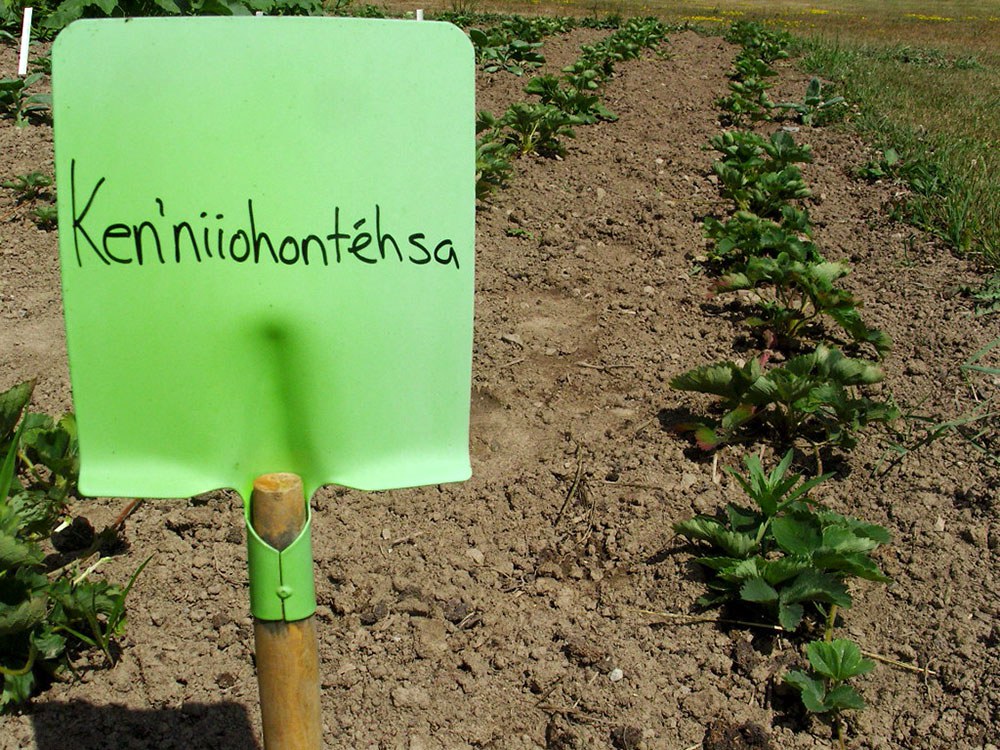
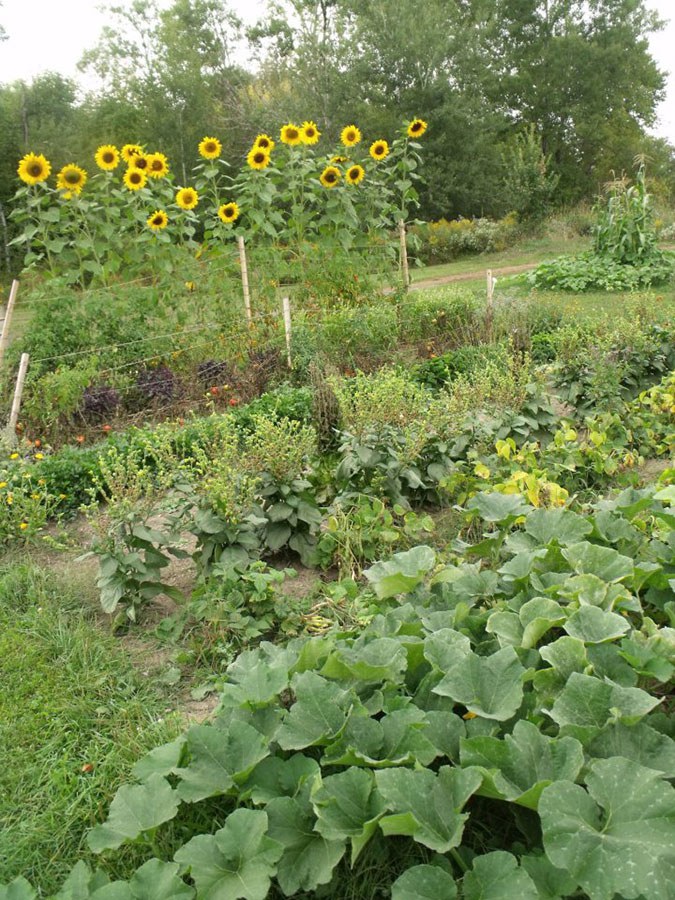









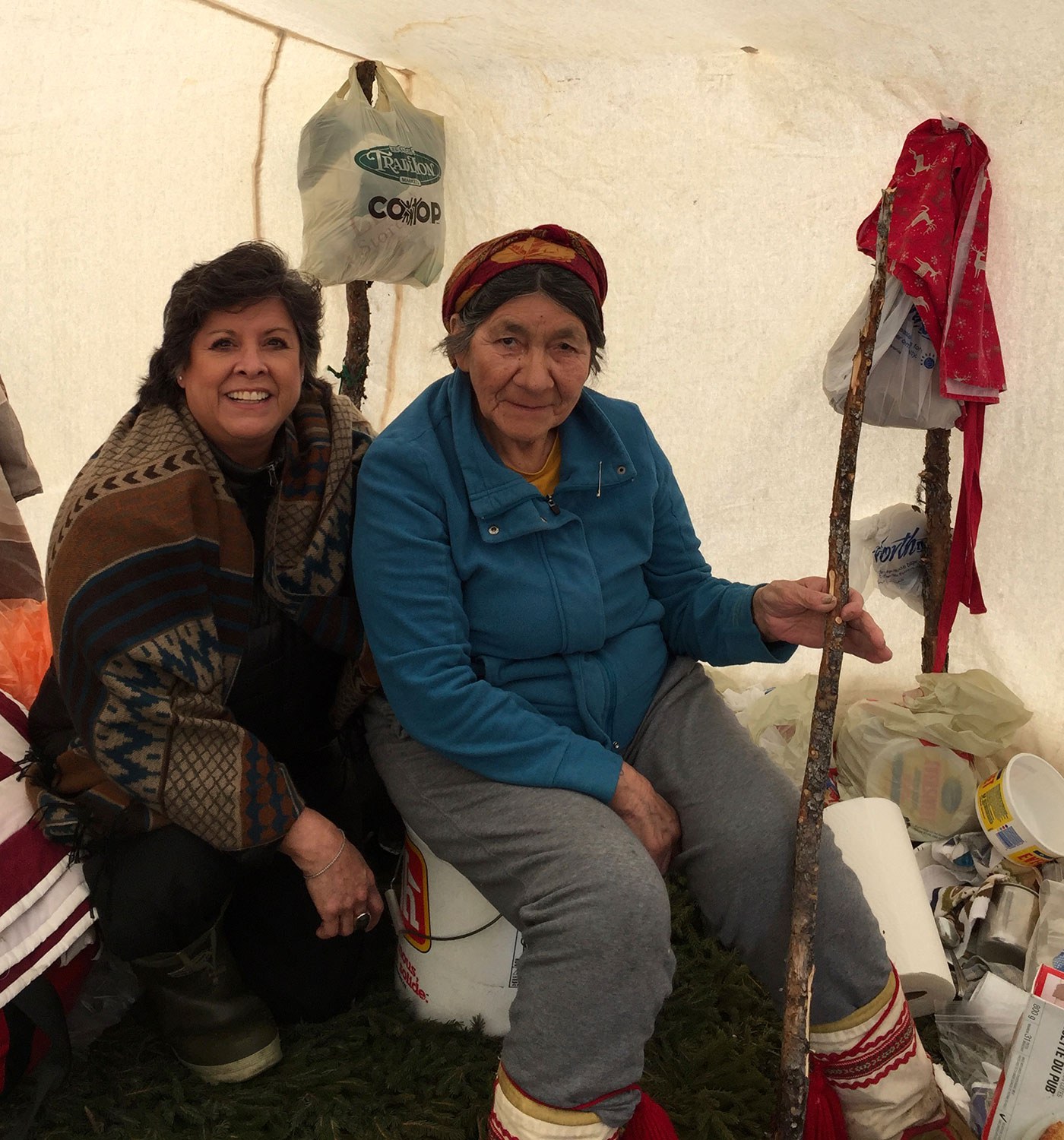
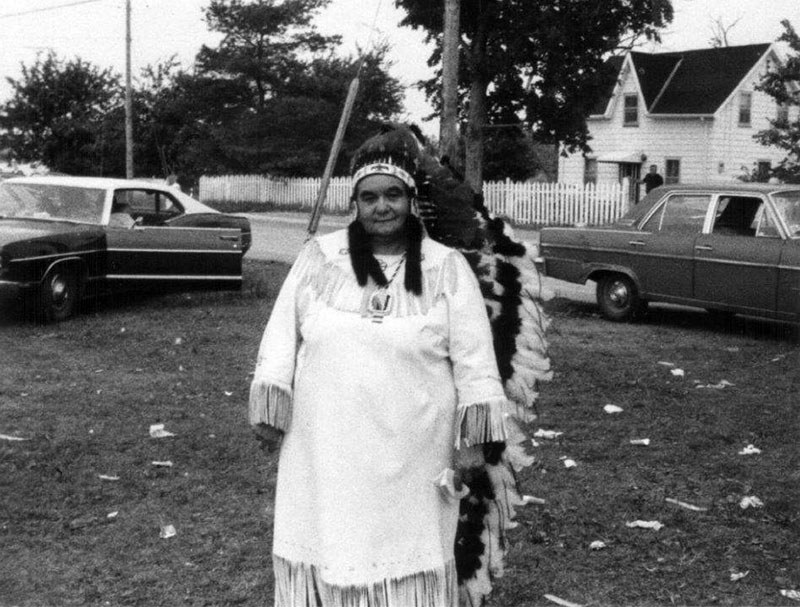
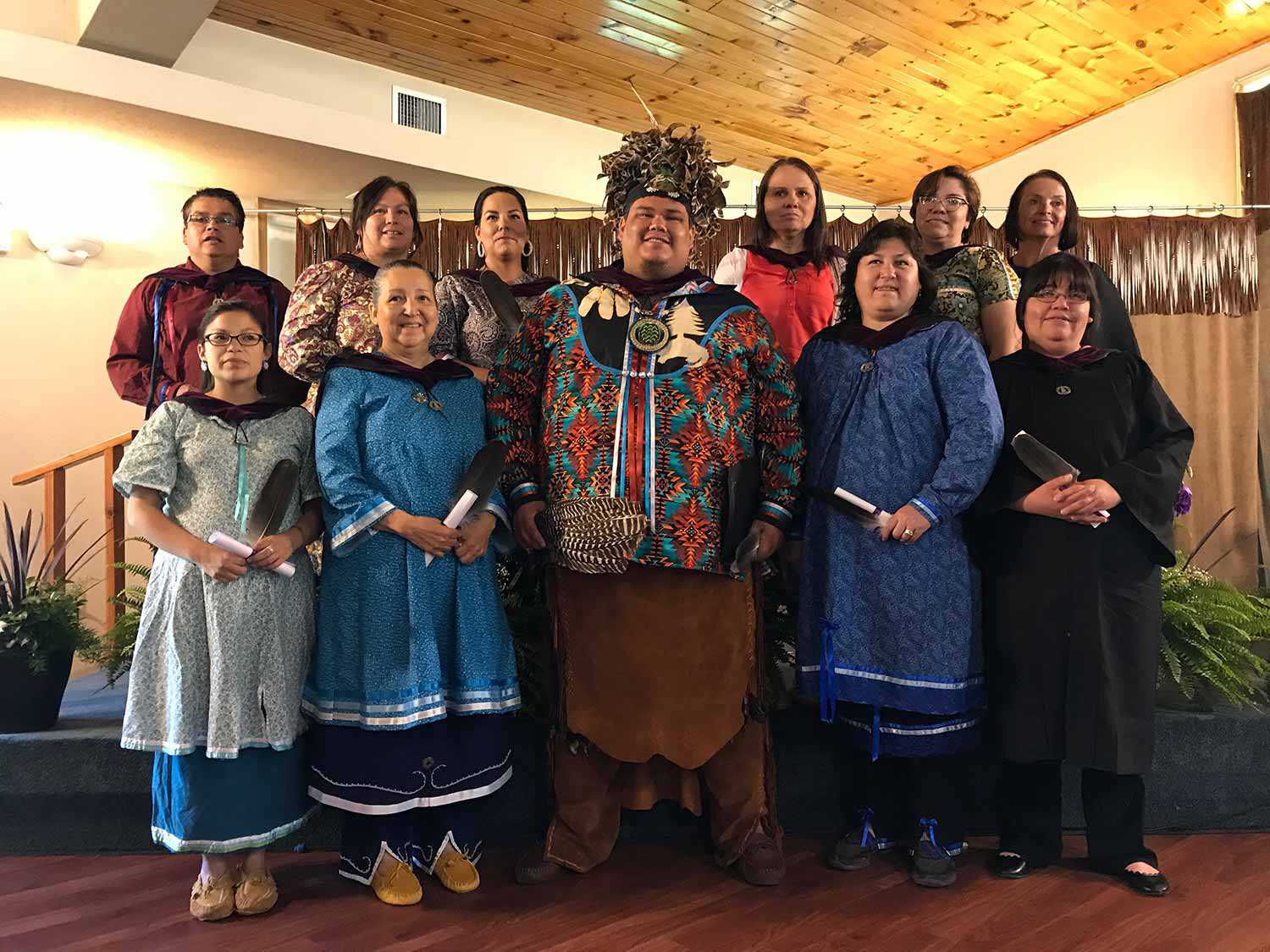
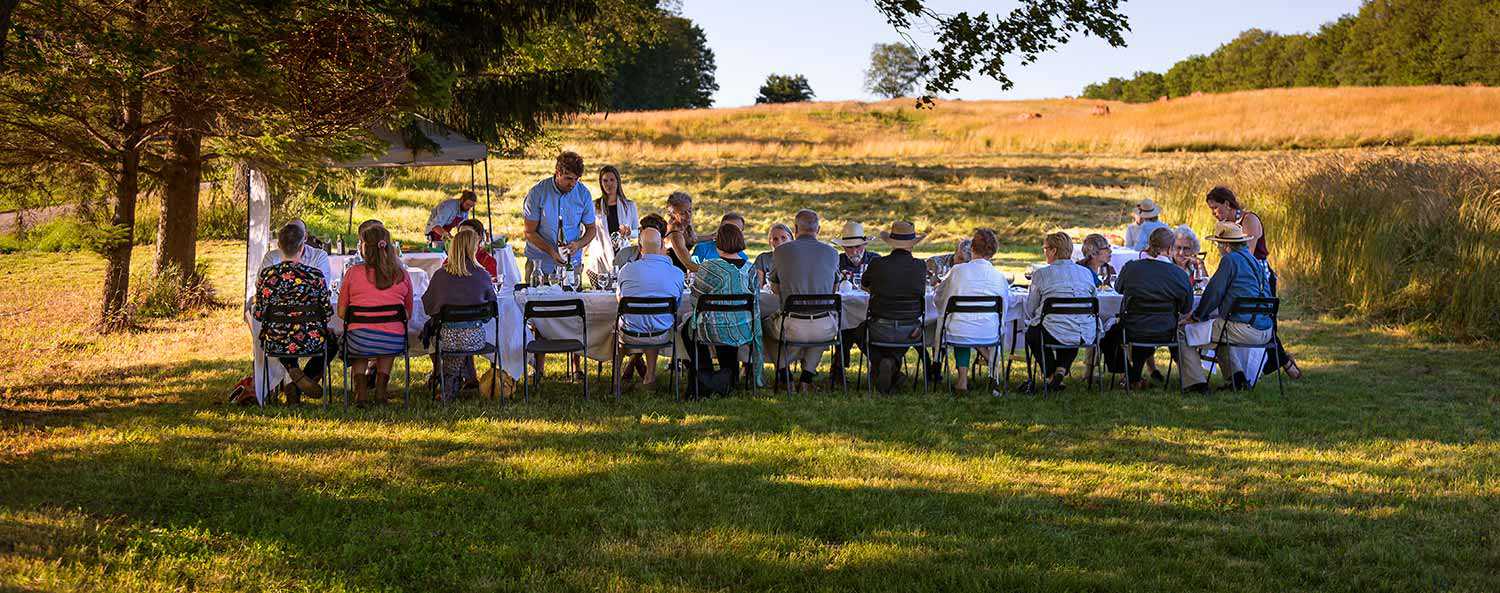


![Rose Lieberman, Rose [Hanford?] Green and Aaron and Sarah Ladovsky in front of United Bakers restaurant, Spadina Ave., Toronto, 1920. Ontario Jewish Archives, Blankenstein Family Heritage Centre, fonds 83, file 9, item 16.](https://www.heritage-matters.ca/uploads/Articles/SoupsOn_Archival_3505.jpg)

